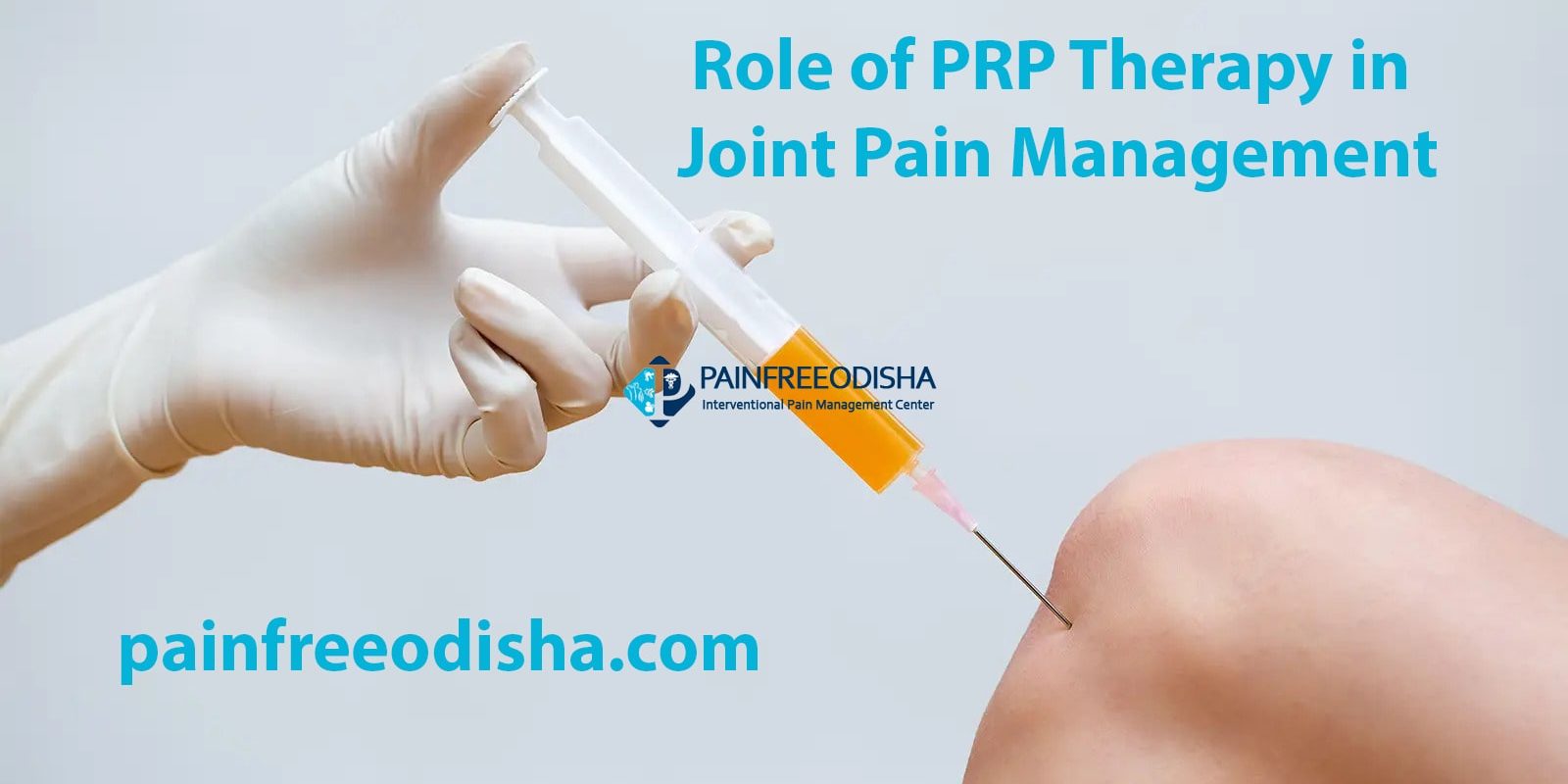
As we age, our bodies undergo various changes, including wear and tear of our joints, leading to joint pain and discomfort. Joint pain is a common complaint among people of all ages, and it can significantly impact our quality of life. If left untreated, joint pain can worsen and lead to more severe complications.
Fortunately, there are various treatment options available to manage joint pain, including PRP therapy. PRP therapy, also known as Platelet-Rich Plasma therapy, is a non-surgical treatment option that uses the patient’s own blood to promote healing and reduce inflammation.
PRP therapy has gained popularity in recent years, especially in the field of sports medicine, as it helps athletes recover from injuries quickly. However, PRP therapy can also be effective in managing joint pain for individuals who suffer from arthritis or other joint conditions.
How does PRP therapy work?
PRP therapy involves the extraction of the patient’s blood, which is then placed in a centrifuge to separate the platelet-rich plasma from the other components of the blood. The concentrated plasma is then injected into the affected joint, promoting healing and reducing inflammation.
Platelets contain various growth factors that stimulate the body’s natural healing process. When injected into the affected joint, the concentrated platelets release growth factors that promote the growth of new cells and tissues, reducing pain and inflammation.
What are the benefits of PRP therapy?
PRP therapy offers several benefits for individuals with joint pain, including:
Non-surgical treatment: PRP therapy is a non-surgical treatment option that does not require incisions, anesthesia, or a lengthy recovery period.
Reduced inflammation: The growth factors present in platelets help reduce inflammation in the affected joint, providing relief from pain and discomfort.
Reduced reliance on medication: PRP therapy can reduce the need for pain medication, which can have adverse side effects, such as addiction and gastrointestinal complications.
Improved mobility: PRP therapy can help improve joint mobility and function, allowing individuals to perform daily activities without pain or discomfort.
Long-lasting results: PRP therapy can provide long-lasting results, with many individuals experiencing relief from joint pain for several months or even years.
Is PRP therapy right for you?
PRP therapy may be a suitable treatment option if you suffer from joint pain caused by arthritis, tendonitis, or other joint conditions. However, it is essential to consult with a pain management doctor to determine if PRP therapy is the right treatment option for you.
PRP therapy is generally safe and has minimal side effects. Some individuals may experience temporary pain or discomfort at the injection site, but this usually resolves within a few days.
In conclusion, PRP therapy is a safe and effective treatment option for managing joint pain. If you are struggling with joint pain, contact a pain management doctor to discuss whether PRP therapy may be right for you. With PRP therapy, you can reduce pain and inflammation, improve joint function, and enjoy a better quality of life.
